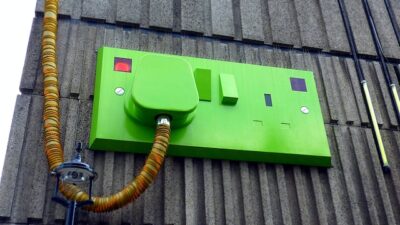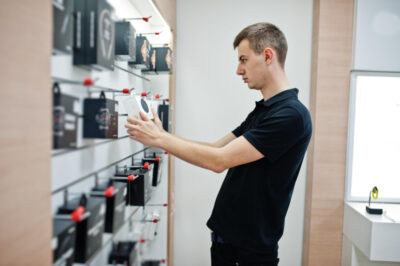Enhancing indoor air quality (IAQ) is vital for our health and well-being. With increased time spent indoors, air conditioning (AC) plays a crucial part in keeping a healthy indoor environment.
An efficient AC system does more than just cool the air; it can be a vital tool in filtering out pollutants, managing humidity, and ensuring a regular supply of fresh air.
To discover the simplest ways to enhance your indoor air quality through your AC system, don’t miss exploring this page!
Regular cleaning
One of the most effective ways to improve your AC system’s contribution to indoor air quality is through regular maintenance and cleaning. This includes learning how to clean your AC unit carefully and focusing on removing any dust, debris, or potential mold growth from the filters and internal components.
It is equally important to replace the AC filters regularly, ideally every 90 days, or more frequently if you have pets or live in a high-pollen area. Ensuring your AC system remains free from dust and preventing mold growth not only enhances the air quality but also improves the efficiency and lifespan of your system.
Upgrade to HEPA filters
High-efficiency particulate Air (HEPA) filters are powerful allies in the quest for superior indoor air quality. These filters are designed to capture at least 99.97% of airborne particles as small as 0.3 Microns, including pollen, pet hair, dust mites, and tobacco smoke.
By upgrading to HEPA filters, you significantly reduce the amount of harmful particles in the air, thus improving the overall healthiness of your indoor environment. This can lead to fewer allergy and asthma symptoms for residents and contributes to a fresher, cleaner-smelling home.
Upgrading your AC system to include HEPA filters is an effective step toward creating a healthier living space.
Proper ventilation
Ensuring your home is properly ventilated while using your AC system is crucial for maintaining ideal indoor air quality. Effective ventilation practices allow for the exchange of indoor air with fresh outdoor air, assisting in diluting and removing pollutants.
Place exhaust fans in high-moisture areas – such as kitchens and bathrooms – to expel stale air directly outside to achieve proper ventilation. Consider integrating a whole-house ventilation system, which works with your AC to efficiently bring in filtered outdoor air, enhancing the overall air quality without sacrificing comfort.
Additionally, during cooler hours, open windows strategically to allow cross-flow ventilation, promoting the natural exchange of air. Remember, proper ventilation is key to preventing the accumulation of indoor pollutants and ensuring a healthier living environment for you and your family.
UV lights
Integrating UV (Ultraviolet) lights into your AC system represents a cutting-edge approach to elevating indoor air quality. These lights have been scientifically proven to destroy mold, bacteria, and viruses by breaking down their DNA structures, effectively neutralizing these harmful microorganisms before they can circulate throughout your living space.
Installing UV lights within the ductwork or near the evaporator coils of your AC system ensures that air passing through is exposed to ultraviolet radiation, thereby disinfecting it in the process. This method works best in humid environments where mold is more likely to grow.
Furthermore, because UV lights target microorganisms at a molecular level, they can prevent the spread of illnesses and reduce the occurrence of mold-related health problems, offering a healthier and safer indoor environment for everyone.
Smart thermostats
Smart thermostats play a pivotal role in monitoring and managing your home’s humidity levels and air quality, thereby enhancing the effectiveness of your AC system in sustaining a healthier indoor environment.
These devices have sensors that constantly monitor the indoor climate and adjust the AC system to maintain the optimal temperature and humidity settings. By doing so, they improve comfort and help prevent mold growth and the proliferation of dust mites, both of which thrive in high-humidity environments.
Additionally, smart thermostats can provide real-time feedback and detailed reports on your home’s air quality, enabling you to take immediate corrective actions if necessary. By leveraging smart thermostats’ capabilities, you can ensure that your AC system offers not just cooling but also contributes to a clean, healthy living space.










